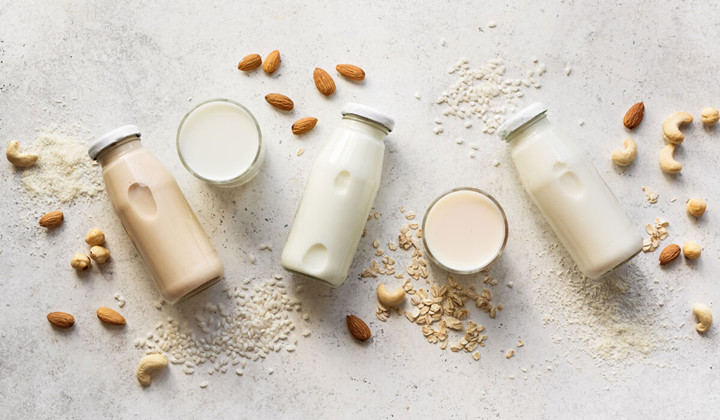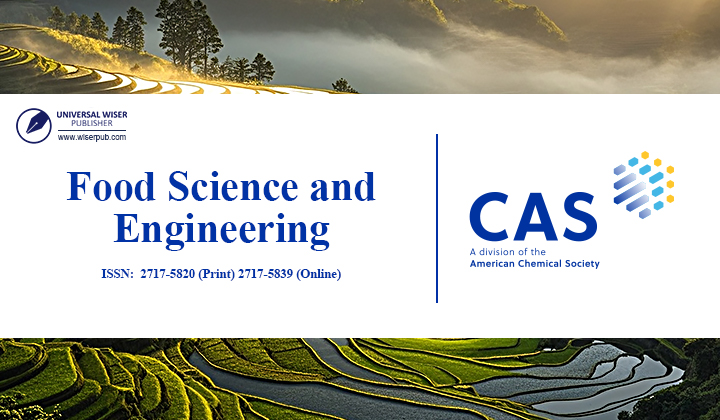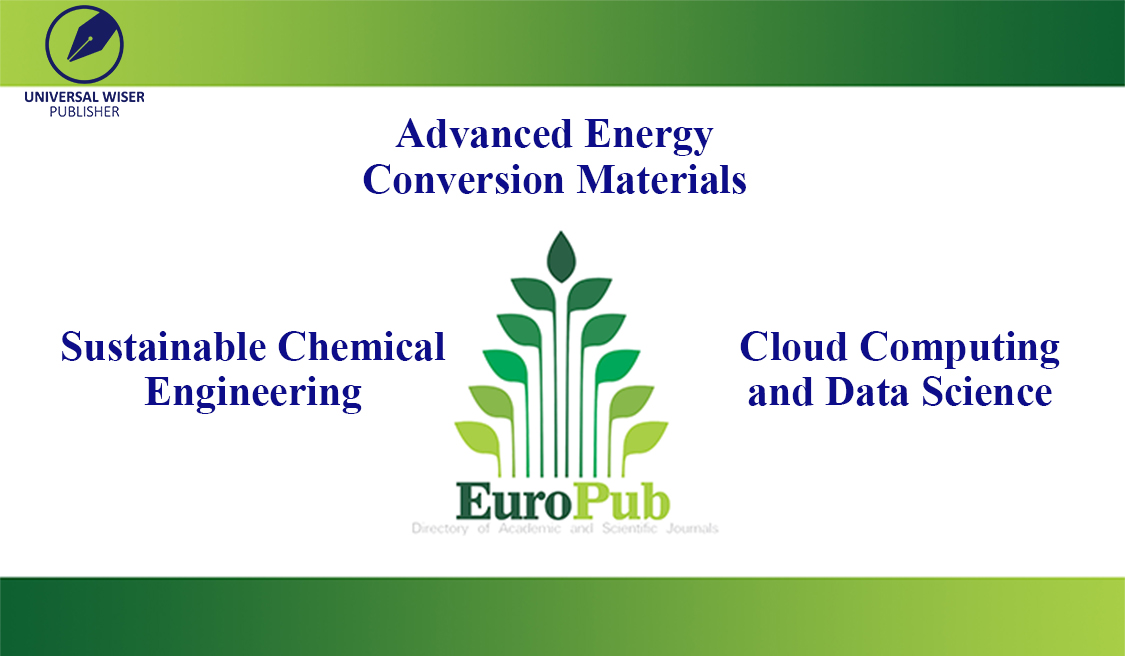


If you’ve got milk, you’ve got options. You can lighten your coffee or soak a cookie, ferment a cheese or bestow yourself a mustache. You can float some cereal or mix a shake. Replacing such a versatile substance is a tall order. And yet there is ample reason to pursue alternatives.
Producing a single liter of cow’s milk requires about 9 square meters of land and about 630 liters of water. That’s the area of two king-size beds and the volume of 10.5 beer kegs. The process of making a liter of dairy milk also generates about 3.2 kilograms of greenhouse gases.
With milk’s global popularity, those costs are enormous. In 2015, the dairy sector generated 1.7 billion metric tons of greenhouse gases, roughly 3 percent of human-related greenhouse gas emissions, according to the Food and Agricultural Organization of the United Nations.
Making plant-based milks — including oat, almond, rice and soy — generates about one-third of the greenhouse gases and uses far less land and water than producing dairy milk, according to a 2018 report in Science.
Fueled by a growing base of environmentally conscious consumers, a slew of plant-based milks has entered the market. According to SPINS, a company that collects data on natural and organic products, $2.6 billion of plant-based milks were sold in the United States in 2021. That’s a 33 percent growth in dollar sales since 2019. “Food industries have realized that consumers… want change,” says food scientist David McClements of the University of Massachusetts Amherst.
Although plant milks by and large are better for the environment and the climate, they don’t provide the same nutrition. As the iconic dairy campaign of the 1980s said, “Milk, it does a body good.” The creamy beverage contains 13 essential nutrients, including muscle-building protein, immune-boosting vitamin A and zinc, and bone-strengthening calcium and vitamin D. Plant-based milks tend to contain smaller amounts of these nutrients, and even when plant milks are fortified, researchers aren’t yet sure how well the body absorbs those nutrients.
Dairy is very challenging to try and replace, says Leah Bessa, chief science officer of De Novo Dairy, a biotechnology company in Cape Town, South Africa, that produces dairy proteins without the animals. “You don’t really have a good alternative that’s sustainable and has the same nutritional profile and functionality.”
Room for improvement
What even is milk?
By its classic definition, milk is a fluid that comes from the mammary gland of a female mammal. But Eva Tornberg, a food scientist at Lund University in Sweden who has developed a potato milk, prefers to focus on milk’s chemical structure. That is the essence of its nourishing nature, she says. “It’s an emulsion…many tiny oil droplets that are dispersed in water.”
That emulsion imbues milk with its signature creaminess and makes milk the ideal vehicle for transporting nutrients, McClements notes. The duality of oil and water means milk can carry both water-soluble nutrients, such as riboflavin and vitamin B12, and oil-soluble ones, such as vitamins A and D.
And with the fat content separated into a multitude of oil droplets — rather than a single layer — human digestive enzymes have a vast amount of surface area to react with. This makes the nutrients packed inside the droplets easy and quick to absorb.
Most plant-based milks are also emulsions, McClements says, so they too have the potential to serve as excellent nutrient-delivery systems. But for the most part, plant-based milk producers have focused much more on providing the right flavor and mouthfeel to appeal to consumers’ tastes, he says. “We need much more work with the nutritional aspects.”
What’s missing?
When it comes to nutrition, the closest competitor among the plant-based milks available today is probably soy milk, says Megan Lott, a registered dietitian with Healthy Eating Research, a Durham, N.C.-based program of the Robert Wood Johnson Foundation. Soy milk contains almost as much protein as cow milk and that protein is similarly complete — containing all the essential amino acids. “It’s actually approved by the USDA in child nutrition programs and school meal programs as a substitute for dairy milk,” she says.
But soy milks and other plant-based milks fall short on other important nutrients. Parents often think they can give their children one cup of just plant-based milk in place of one cup of cow’s milk, and they’ll be getting everything they need, Lott says. “That’s just not the case.”
Vitamin D and calcium — especially important for a growing child — are the hardest nutrients to get when dropping dairy. Most of milk’s other important components can be obtained from a healthy diet of whole grains, vegetables, fruits and lean meats, Lott says. “If you’re a parent looking to find an alternative for your child, it’s probably the calcium and vitamin D … where you should focus your decision.”
Many producers fortify plant-based milks with vitamin D and calcium to rival or exceed the level in dairy milk. But whether the body can absorb those added nutrients is another story. What consumers read on the Nutrition Facts label does not necessarily reflect how much their body will actually be able to absorb and use, Lott says.
That’s because plant-based milks may contain naturally occurring plant molecules that hinder the absorption of nutrients. For example, some plant milks, including oat and soy milks, contain phytic acid, which binds to calcium, iron and zinc and reduces the body’s absorption of these nutrients.
And adding too much of one good thing can backfire. For instance, introducing high levels of calcium into almond milk may interfere with the body’s absorption of vitamin D, McClements and colleagues reported in 2021 in the Journal of Agricultural and Food Chemistry.
More research is needed to better understand how compounds interact in plant milks and how those interactions affect nutrient absorption in the body, McClements says. Homing in on the ideal balance of ingredients will help producers of plant-based milks craft more nutritious products that taste good too, he says. “What we’re trying to do is find that sweet spot.”
Source: https://www.sciencenews.org/article/milk-cow-alternative-plant-based-taste-sustainability-nutrition

Scheduled Server Maintenance and System Downtime Notice Dec 16, 2025

Celebrating CM Editorial Board Members Recognized in the Wor... Oct 10, 2025

Food Science and Engineering Now Indexed in CAS Database Aug 20, 2025

Contemporary Mathematics Achieves Significant Milestone in 2... Jun 19, 2025

Three Journals under Universal Wiser Publisher are Newly Ind... Apr 21, 2025